Modern farms usually specialise in one field of production. The increasing demand for meat and eggs has stimulated the growth of poultry farms. How should you get started, and is it a profitable business idea? Read on to find out.

Modern farms usually specialise in one field of production. The increasing demand for meat and eggs has stimulated the growth of poultry farms. How should you get started, and is it a profitable business idea? Read on to find out.
What is poultry farming all about?
Poultry farming is a popular choice among those planning to become farmers in Ireland. To start such a venture, you must register as a farmer with the Department of Agriculture, Food and the Marine (DAFM) or establish a commercial company. You will then need to acquire suitable land with appropriate buildings, either through rental or purchase, or construct such facilities yourself. Starting from scratch can be a significant investment. For example, building a modern chicken coop for approximately 60,000 birds could cost around €600,000. Additionally, you need to account for the purchase of chicks, feed, and utility expenses.
If you have limited financial resources (or have a low credit score), then maybe this is not the best idea for you. A fruit orchard, vineyard or a small organic poultry farm could be a better choice, as they offer considerable earning potential with relatively little investment.
Type of poultry farm
When planning a poultry farm, you should first carefully consider the exact nature of your future business. There are currently two main types of poultry farm:
- egg production (mainly chickens, but also quails etc.),
- broiler breeding (chickens, ducks, geese, turkeys etc.)
At the beginning it is better to limit yourself to one type of business, and expand once you have gained some experience. The general opinion is that meat production is somewhat less problematic than running an egg farm.
In the case of industrial breeding, it’s best to limit yourself to a maximum of a few species and breeds. It is not recommended to mix different breeds (let alone species!) of broilers in one coop, because the differences between them can cause numerous behavioural problems (smaller breeds might not be allowed near the feed), as well as with the later sale of broilers – the birds may vary greatly in weight.
The same applies to laying hens, as eggshells are white in the case of some breeds and coloured in the case of others. This is important to avoid later having to sort the different types of eggs. You should also bear in mind the local preferences of your recipients, because depending on the region or country there can be different expectations regarding the colour of the eggshells.
Poultry farms and key requirements
An extremely important issue to remember is the environmental impact of your investment. If you plan to set up a farm in a protected area (or in its vicinity), the Department for Environment, Food & Rural Affairs oIf you plan to set up a farm in or near a protected area, local authorities or An Bord Pleanála may restrict or block the investment due to environmental regulations. It is essential to obtain planning permission before proceeding. The business must also be reported to the DAFM, and the farm will be subject to regular veterinary inspections to ensure compliance with animal welfare and biosecurity standards.
The key requirements for poultry farming in Ireland include:
- Installation for the pre-treatment of melted snow and rainwater,
- Construction of drainage tanks for water used to clean chicken coops,
- Compliance with regulations regarding the maximum number of poultry allowed,
- A clear presentation of the chosen breeding method,
- Provision of at least two outward-opening emergency exits in each building.
The distance between the farm and residential buildings depends on the scale of the operation, as determined by the number of “animal units.” For large poultry farms, this distance is generally required to be at least 500 meters. However, local authorities may provide specific guidance based on the farm’s location and scale.
For larger investments, conducting public consultations may also be necessary. In such cases, conflicts with the local community are likely to arise, especially if the planned poultry farm is located in a tourist area or near residential housing. Open communication and transparent planning are crucial to mitigate opposition.
Additionally, Irish regulations require adherence to the Environmental Protection Agency (EPA) guidelines for emissions, waste management, and environmental impacts.
Choosing the location for a poultry farm
An important issue when planning to set up a poultry business is therefore selecting the right location. You should also analyse the profitability of running a farm in a given location. Your market is extremely important – the presence of processing plants nearby or the possibility to easily transport your products (eggs, broilers) to distributors. The farm should be located as close as possible to the above aspects, with easy access.
The smaller the farm, the more important your transport costs will be. Very large farms, with their own fleet of vehicles, can afford lower margins and transport their own products, even to distant locations.
Hiring staff for your poultry farm
The local labour market should also be taken into account when choosing the location. Medium-sized farms usually employ a few people, but large farms producing several million broilers a year will usually need 20-30 employees.
Although you do not need any special qualifications to work in a poultry farm, due to its specific nature finding the right staff is not always easy. If your farm is located far from a village or city, with difficult access, then you might want to consider providing accommodation. If necessary, you will then also be available to hire temporary staff – e.g. from other countries. In the case of issues finding the right staff, you can use the services of specialised employment agencies that recruit this type of employee.
Also consider whether, instead of hiring a full-time vet, you could cooperate with specialised agencies that have been offering such services for many years. This could turn out to be a much cheaper solution, with equally professional and comprehensive veterinary care. The same applies to accounting services.
Necessary tools on a poultry farm
An egg or broiler farm is much more than just the buildings. It is extremely important to ensure you have the appropriate farming equipment. The following equipment is a basic requirement for any poultry farm:
- feed mixers,
- feeders,
- drinkers,
- specialised lighting,
- temperature regulating systems,
- fans.
If you plan to operate a chick production business, you will need egg incubators and chick sexing facilities. On some farms it may also be necessary to install specialised ovens for disposing of dead poultry.
An egg farm, on the other hand, will often require special refrigeration rooms for long-term storage of eggs and equipment for stamping the shells.
Setting up a poultry farm – summary
Industrial poultry farming requires significant investments. The most important issues industry beginners face are also choosing the right location, type of farm, species and breed of birds, as well as setting up a client base and employing staff.
Bear in mind that broiler production is generally more predictable (demand is continually growing) and profitable. However, there may be random unpredictable situations such as an outbreak of bird flu. This applies also to other types of agriculture and animal husbandry, such as the production of honey or pigs, which is also often disrupted by epidemics of infectious diseases. Therefore, in order to minimize the risk of losses, it is absolutely necessary that you follow all hygiene regulations.

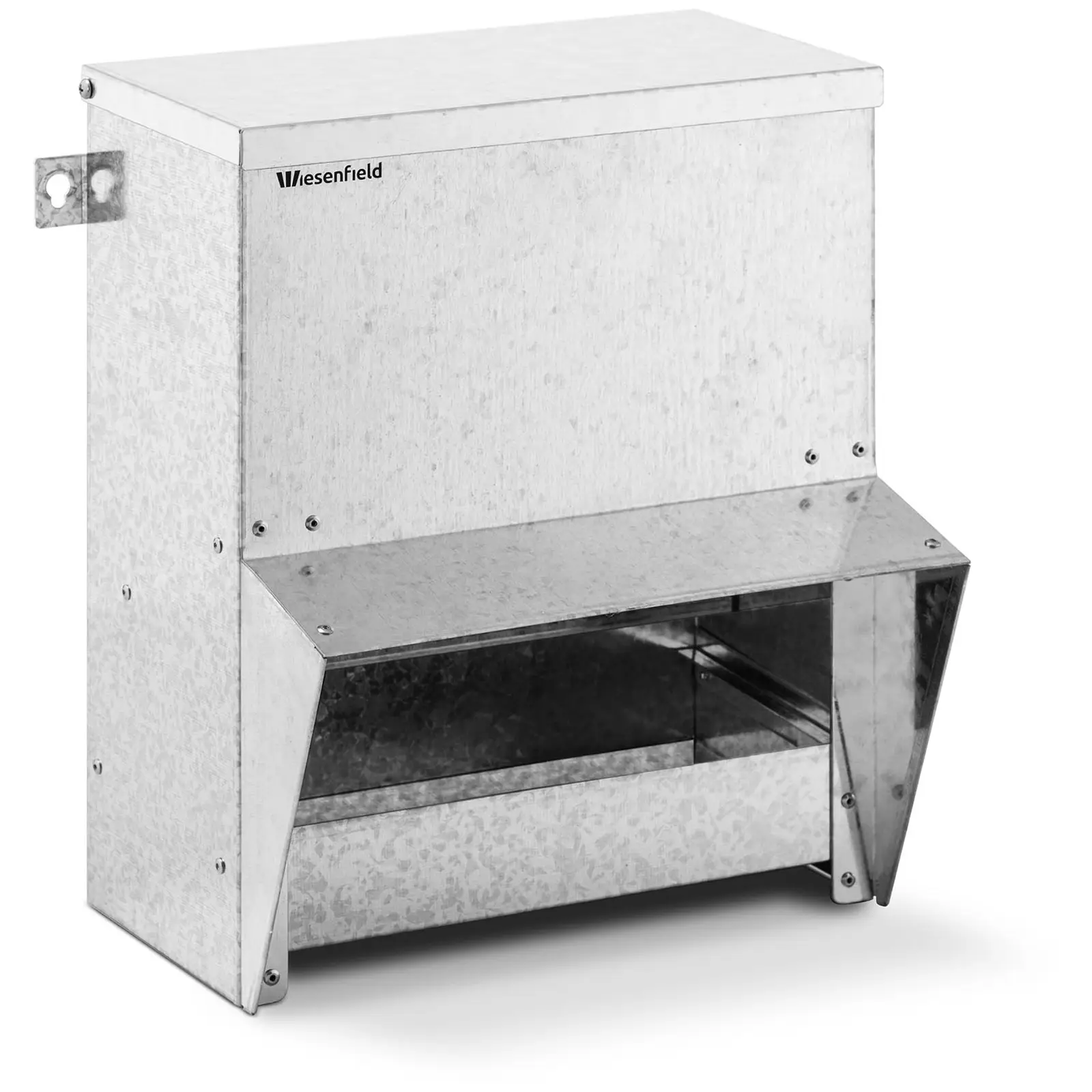

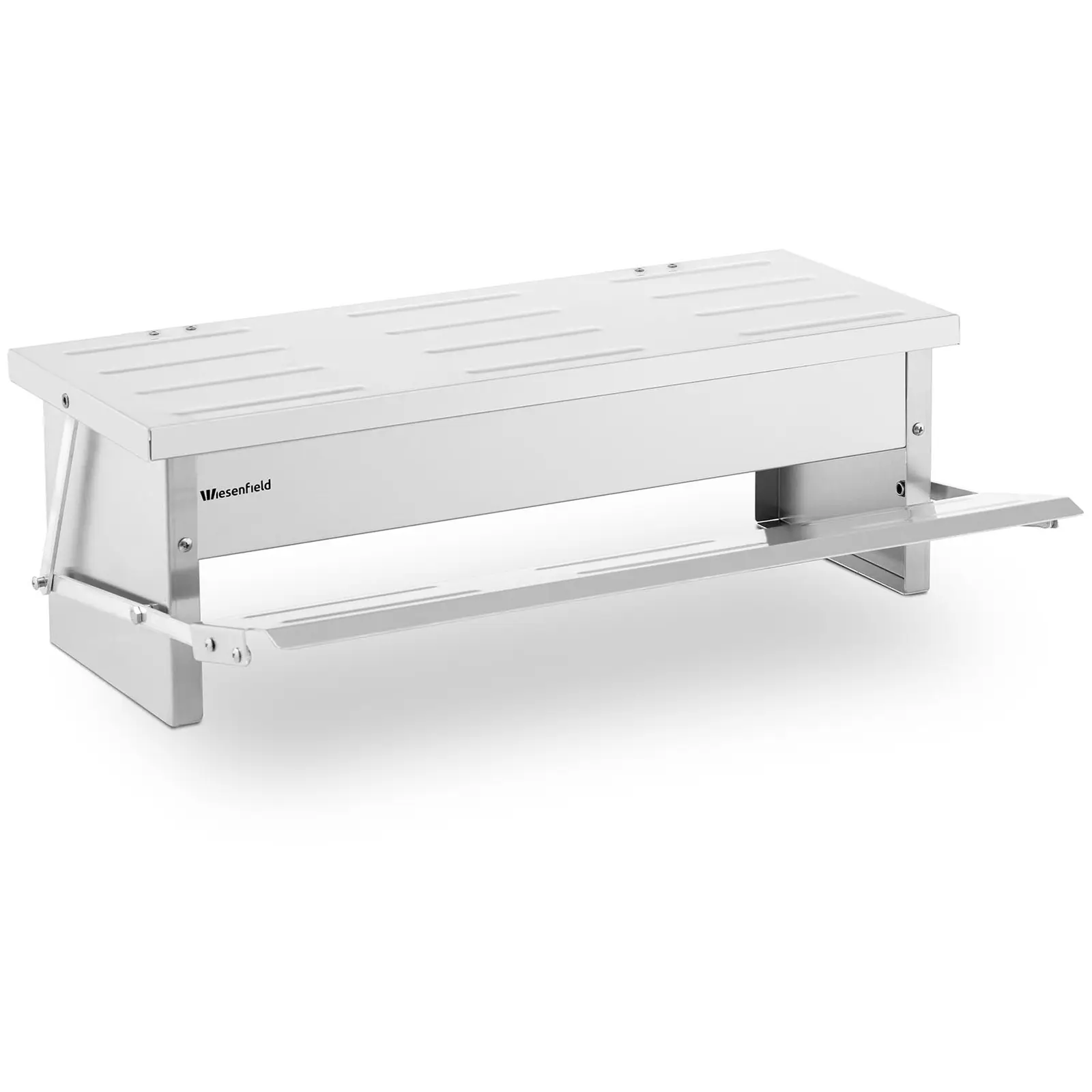



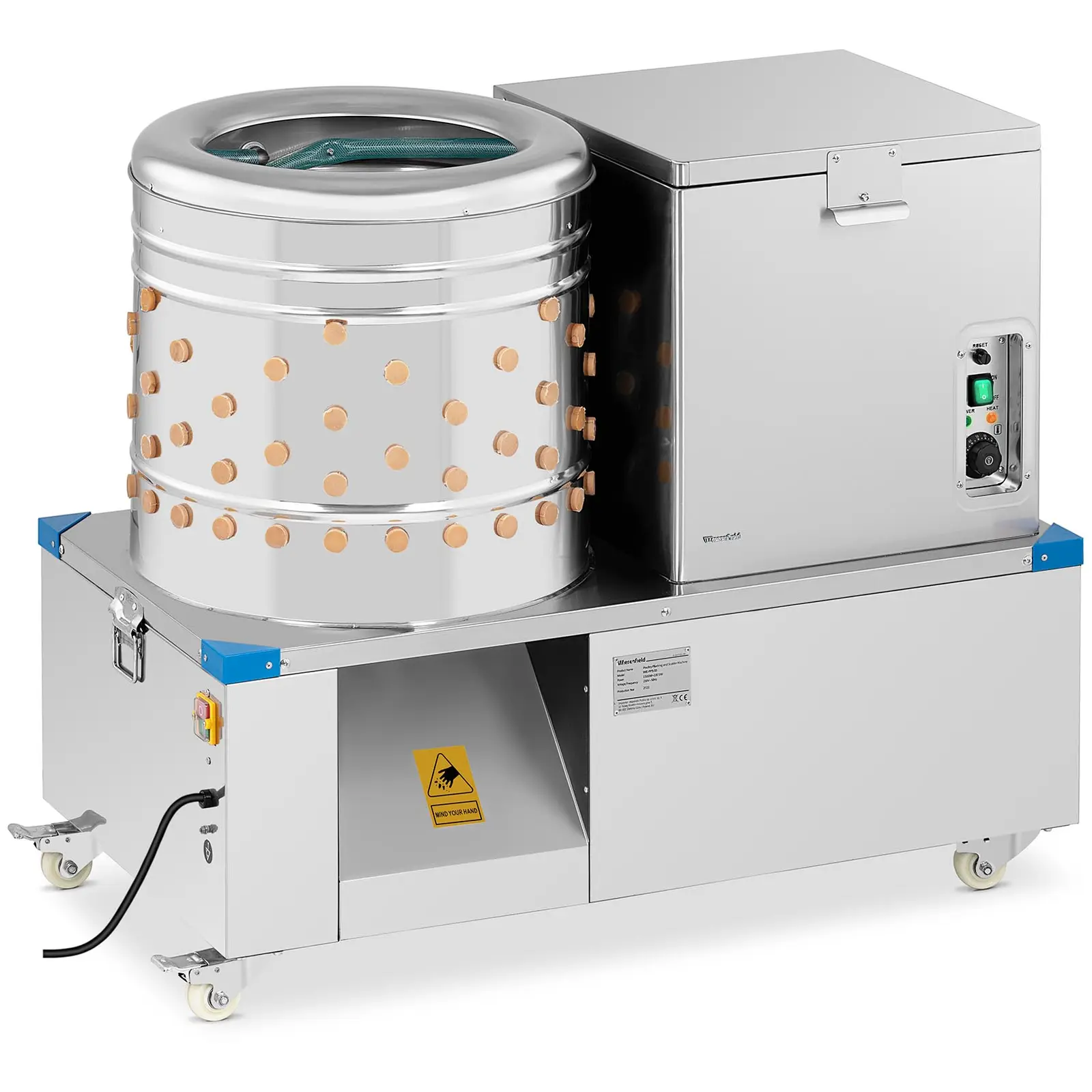

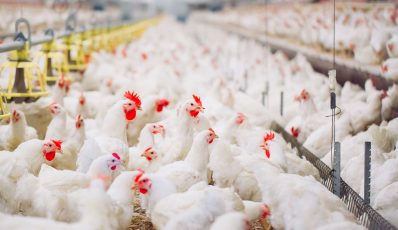

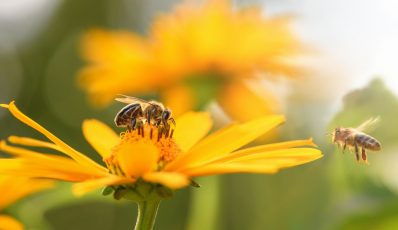
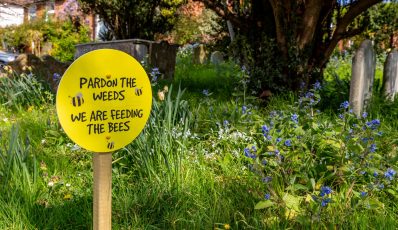

Share